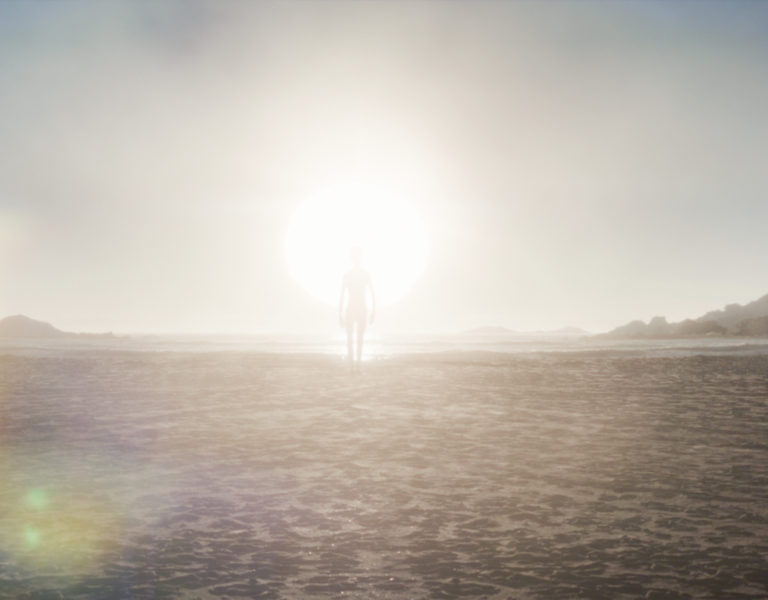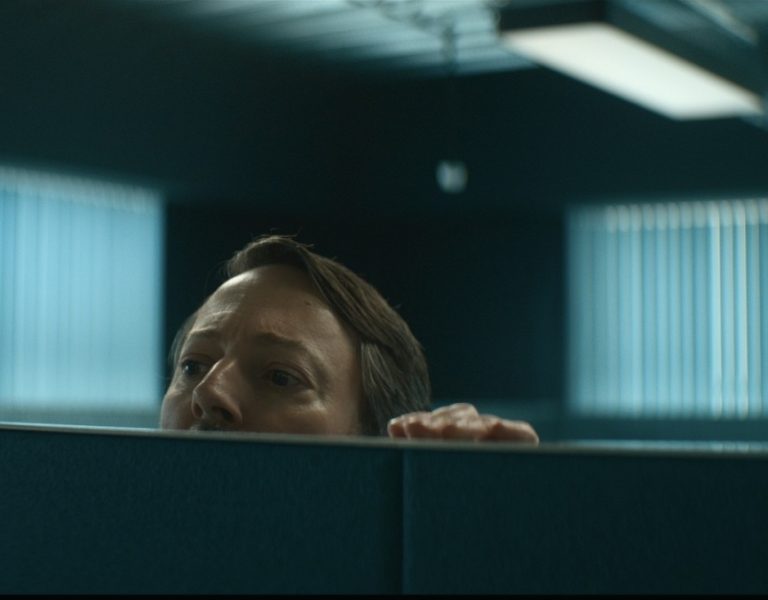PLAYING WITH FIRE
Time was of the essence for Will Baldy when lighting a fast-evolving tavern set on The Sandman. He explains the tricks and techniques used to capture the changing light over the centuries.
On the surface, The Sandman is adapted from the eponymous DC Comics series written by Neil Gaiman. As you’ll learn by watching the series, it becomes a show that attempts to tackle all the larger questions and themes of life, Death, desire, greed, hell, time, space, and dreams. Essentially, we follow Sandman on his personal journey of self-discovery through every realm imaginable.
In episode six, Sandman and his sister death explore the reach of a human’s love for life by making one immortal. The wager is to see how long he will want to live. The episode takes place largely in a tavern set, and we are introduced to the location in the year 1300 when dream makes a deal with this now immortal human. They then must meet in this tavern every 100 years and the immortal must decide whether he wants to live for another 100 years or not.
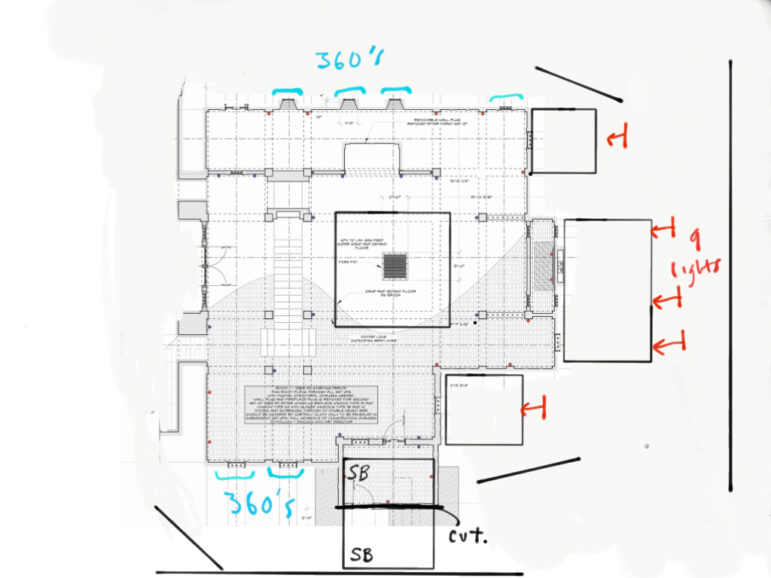
The set was magnificent; production designer Gary Steele created this magical structure that transformed and changed shape overnight. It started as essentially a small stable with a firepit in the middle (1300) and over time transformed into a huge, multi-layered, two-storey tavern with a veranda, multiple rooms, staircases and bars, and finally became a disco in the ‘80s before turning into what it is today in 2022.
Of course, this also meant the lighting had to change just as quickly, which introduced itself as the one of the bigger challenges of shooting The Sandman.
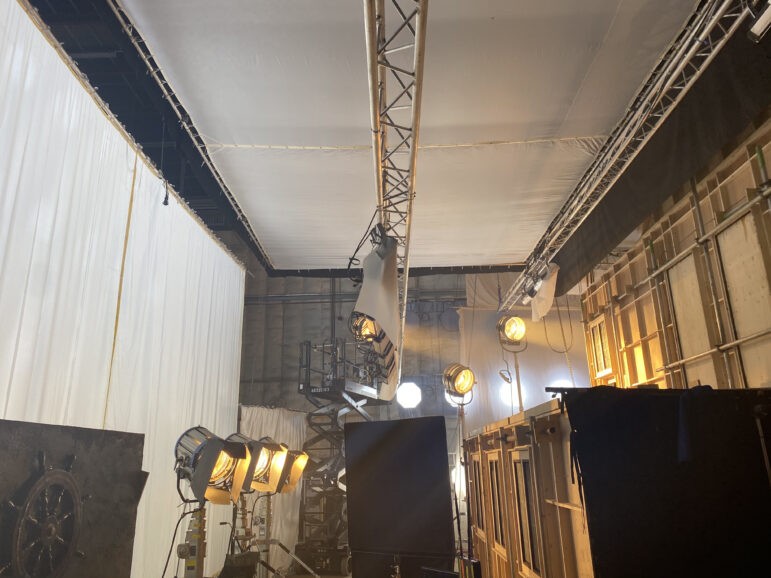
When I first read the script for this episode, the thought of replicating lighting over a 700-year period threw me into a rush of creativity; all the different bulbs and fixtures I could explore, the colours and sciences. I overlooked the fact that the electric bulb has only been around for a short while, which meant I had to somehow show progression of fire over hundreds of years. We largely only used wall sconces for a long while, with the changing factors being the materials used and manufacturing process. This meant I had to use the fire colours and our control of the flame to tell the story. I worked with the SFX department to see what elements we could ignite to give different effects to the fire. We had a red, strobing, unsettled fire for the earlier years and gradually progressed it to a white, controlled flame as the technology progressed. Then, around the 1800s, we moved into Edison bulbs and finally coloured bulbs/fluorescents from the 1900s to 2022.
The schedule for this episode was set up so we would spend a day out of the studio shooting on location whilst the art department dressed for the next 100 years. I would go through the changing process carefully with Gary and we rigged soft boxes in place ready to be switched on when the walls shifted, revealing more set. In these we normally had S60s double-diffused. However, in the larger soft box in the middle of the open, two-storey room, we had a custom silk made with a hole in the middle to shoot some direct light through, giving a more gradual shape to the light. We then rigged Viper moving heads around the box so we could throw pockets of light into any dark corners, or direct the light into our bounce from the desk, freeing up the space on the floor and saving a lot of time.
Every morning I would come in early with the lighting department to see what had changed and how much we needed to relight. I worked with gaffer Jack Powell and best boy “Capt.” Jack Farrow to create a number of peanut bulbs on strings and 2x4ft wireless LED LiteGear soft boxes that could be quickly drilled into the set and all linked back to the desk. Every morning we would adjust these to relight the new corners of the set or supplement where the art department had placed the practicals.
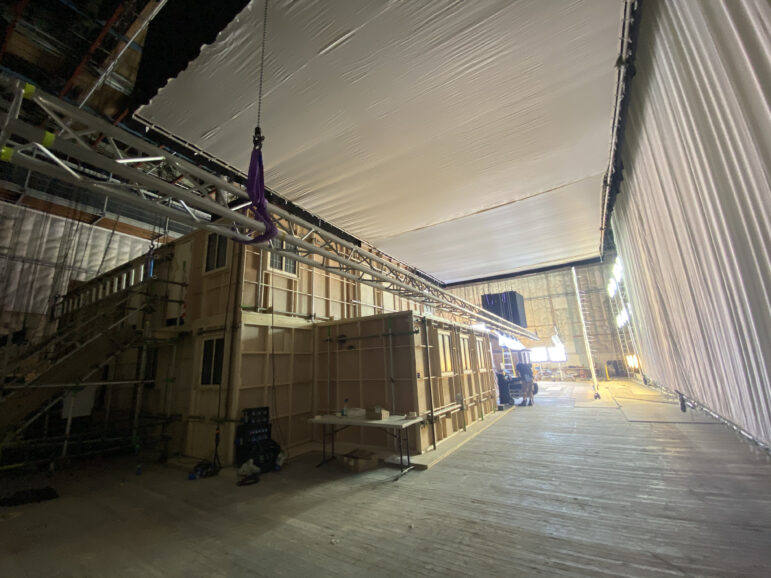
The rest of the lighting came from the floor, shot by shot. Normally I’d use Asteras with a fire effect because the set was far too small to use real fire. I’d then add an S60 in there as a sold fire colour to make sure we always had a base exposure that didn’t drop off to complete darkness. These would always be bounced into unbleached muslin normally.
Upon reflection, I’m pleased with the turnout of the tavern set. It was an approach based around speed that seemed very effective to tackle the transforming set. Hopefully the work comes across in the episode, we had a very talented team and everyone worked so hard to bring The Sandman to screen. It was an experience I’ll never forget.
